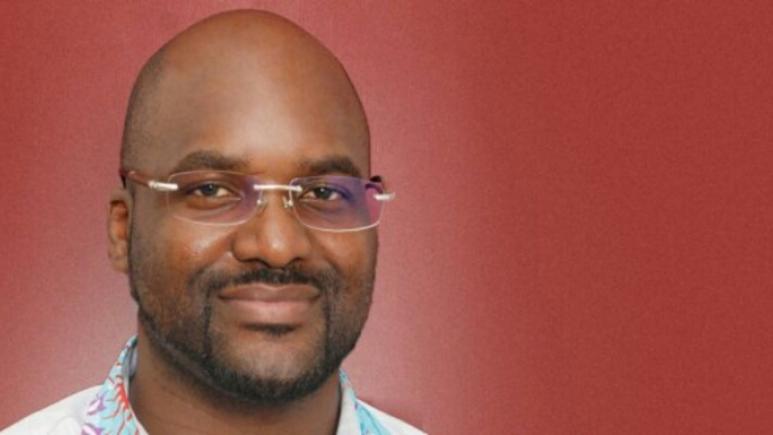Ways to better diagnose Buruli Ulcer
What are the challenges of Buruli ulcer management in Africa?
Yap Boum: Buruli ulcer is an infectious disease due to Mycobacterium ulcerans and the third most common mycobacterial disease after tuberculosis and leprosy1. It is characterized by large ulcers and often results in permanent disability2.
Buruli Ulcer has been reported worldwide with the majority of cases in West and central Africa. It has been classified by the World Health Organization as a neglected tropical disease. Although 42,000 cases have been reported in the last decade, it is difficult to obtain a sense of the importance of the disease due to remoteness of patients, lack of data, and challenges for obtaining an accurate diagnosis2. The current treatment consists of a combination of rifampicin and clarithromycin for 56 days. Because the mode of transmission of M. ulcerans is still unknown, there is no primary prevention method that can be suggested3.
But one of the first difficulties remains the diagnosis because Burili Ulcer is a rural disease whose costly diagnosis requires sophisticated laboratory technology.
What leads are you working on to facilitate the diagnosis of Buruli Ulcer?
YB: Between 2002 and 2014, Médecins Sans Frontières (MSF) treated more than 800 patients in Akonolinga, Cameroon. This Buruli ulcer project is now managed by the Akonolinga district hospital.
Based on a prospective diagnostic study conducted in Akonolinga in 2012, we developed a clinical score and decisional algorithm for diagnosis of Buruli ulcer. This so-called Buruli score is based on the classification of demographic (age and gender) and clinical parameters, such as wound size, wound color and odor. Our objective is to estimate its performance in relation to molecular diagnosis (PCR) which is the reference method for diagnosis. One of the criteria had to be that this score should be easily usable by nurses as patients are mainly in rural areas where the number of doctors is extremely limited.
In partnership with the National Buruli Ulcer Control Program, the Cameroon Pasteur Center and Fairmed4,5, we therefore evaluated this score to see if it could anticipate the results obtained by PCR and thus sometimes replace this difficult to access examination.
What are the first lessons of this study?
YB: After including 363 participants between 2018 and 2019, the score was validated in three endemic regions of Cameroon (Akonolinga, Ayos and Bankim). The positive and negative clinical score was over 85%, which is above the 70% recommended by WHO for the clinical diagnosis of Buruli ulcer. The study has already led to the strengthening of chronic wound management capacity in the country, including psychological support.
Now we will test the score developed by WHO on our database to compare their performance. As the WHO score includes other criteria, the question is to see if any variables are more relevant.
For example, the wound smell in our score requires people with some expertise to detect it, it is not present in the WHO score.
In the end, we may end up with a hybrid score, but one that is even more efficient and reliable. See you at the end of the year for these results.







